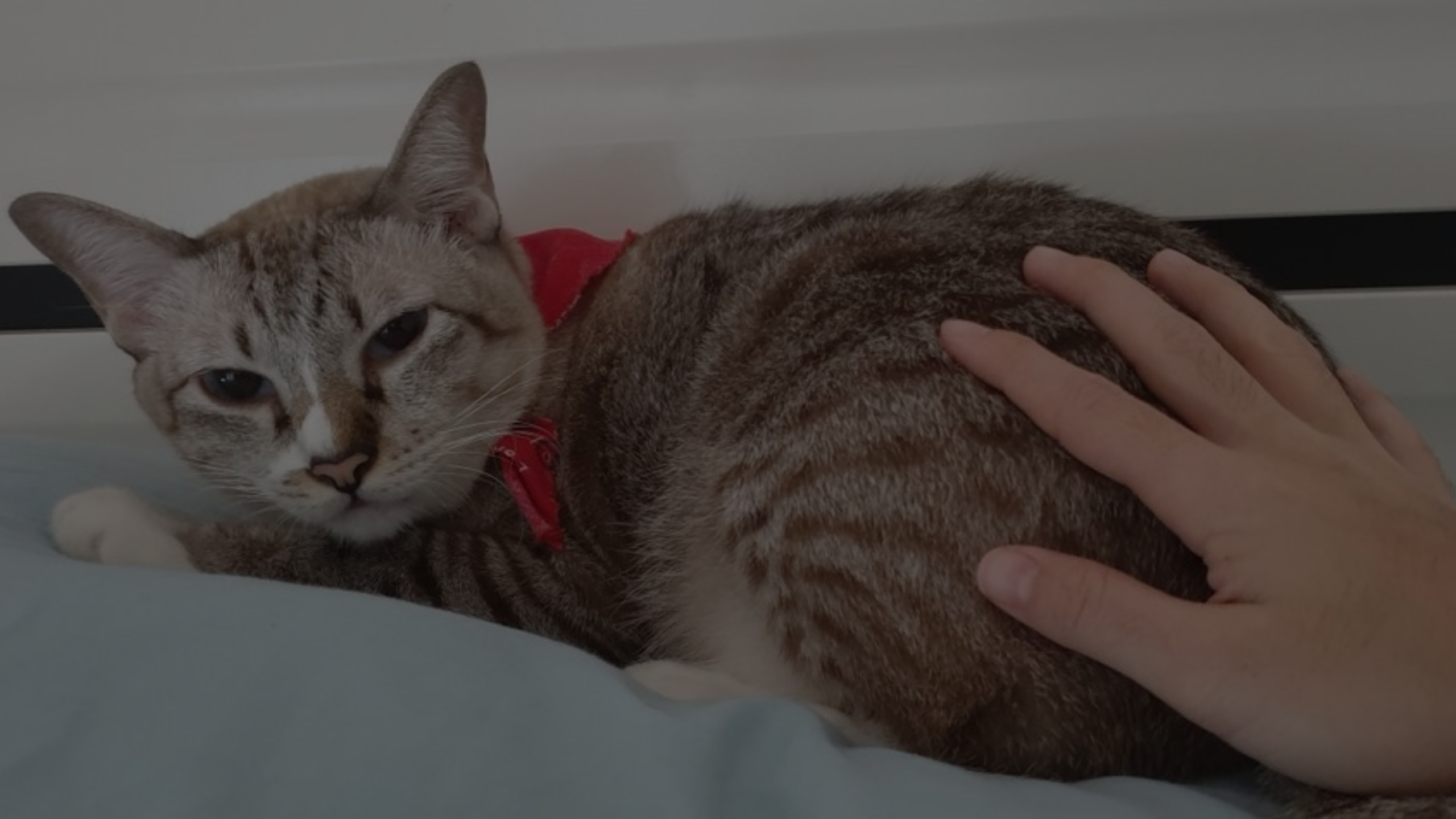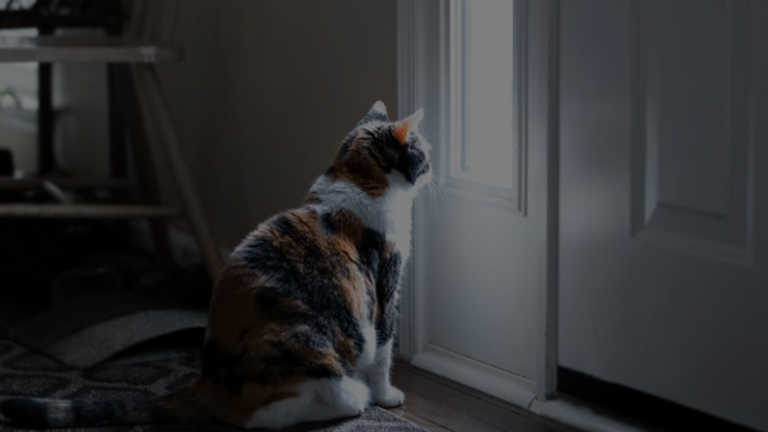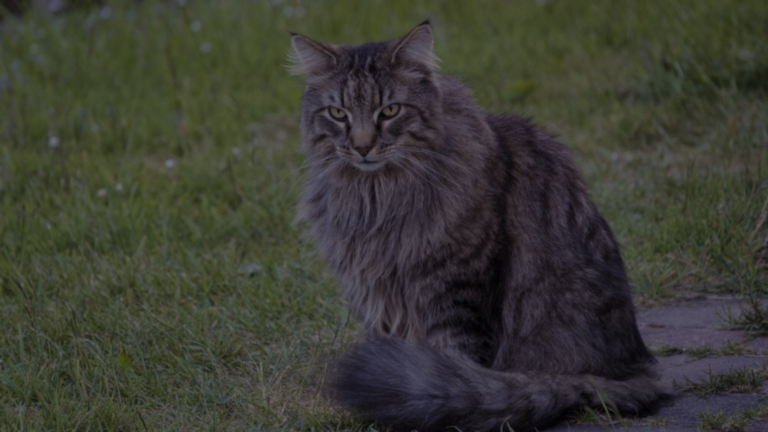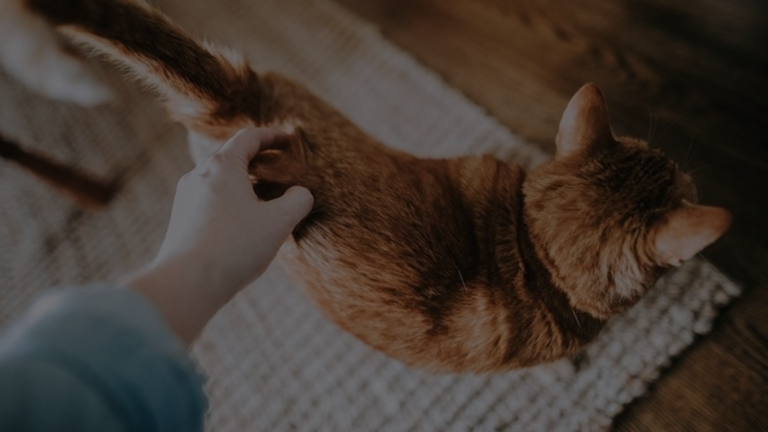Have you ever noticed your cat arching their back and purring when you give them a light, playful tap on their rear end? While some might call this “spanking,” it’s important to distinguish this playful interaction from actual spanking, which is harmful and never recommended.
This article explores why do cats like being spanked, but before we dive in, let’s acknowledge the elephant in the room: the term “spanking” carries negative connotations related to punishment and animal welfare.
My intent here is not to condone harmful behaviors towards animals, but rather to understand why some cats might express positive reactions to specific types of touch. Ultimately, my goal is to promote responsible pet ownership by encouraging positive, respectful interactions with cats based on their individual preferences and body language.
So, with that clarification in mind, let’s delve into the intriguing world of feline behavior and explore the possible reasons why some cats just can’t resist a playful little rear-end tap!
Potential Explanations for Cats’ Behavior
Mimicry of Playful Interactions
Bunny Kicks:

- Kitten play often involves a hilarious combination of rolling, pouncing, and rapid kicks with their hind legs, known as “bunny kicks.” These playful jabs are thought to be a way for kittens to practice hunting skills and develop coordination.
- Some cats, even as adults, might retain a fondness for this playful behavior. When you give them a gentle tap on their rear end, it could be interpreted as a playful invitation to engage in a mock “bunny kick” battle, triggering happy memories of kittenhood and stimulating their hunting instincts.
Mother Cat Grooming:
- Mother cats meticulously groom their kittens by licking their bodies, including the rump area. This gentle stimulation helps clean and bond with their offspring, providing comfort and security.
- For some cats, light taps on the hindquarters might resemble this motherly grooming behavior, evoking feelings of safety and affection. The rhythmic tapping could mimic the mother’s licking, triggering a sense of contentment and relaxation.
Stimulation of Nerve Endings
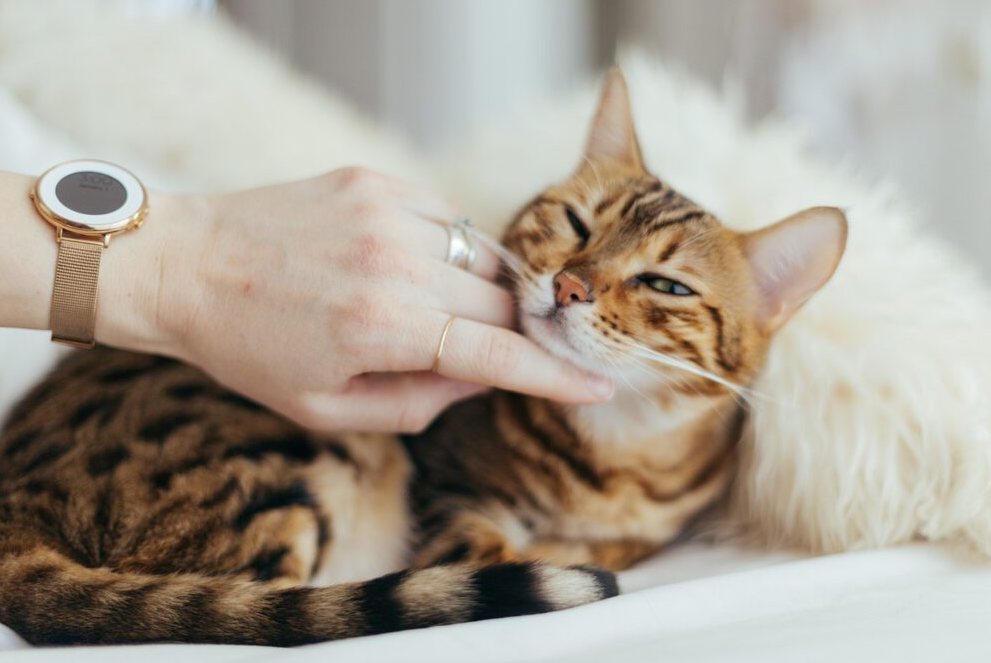
Beyond mimicking playful interactions, the phenomenon of cats enjoying light taps could have a more physical explanation: acupressure points.
- Acupressure points are concentrated areas on the body believed to be connected to energy meridians and internal organs. They’re similar to the points used in acupuncture, except stimulation comes through pressure instead of needles.
- Interestingly, the rump area in cats houses a high concentration of these acupressure points. Gentle taps could stimulate these points, sending calming and pleasurable signals to the nervous system.
- Think of it like a soothing massage for your cat. The rhythmic taps activate nerve endings, potentially releasing endorphins, natural painkillers, and mood boosters that can induce feelings of well-being and relaxation.
- This theory also explains why some cats respond with excited purrs or even roll around in pleasure after receiving a gentle tap. The activated pressure points might trigger a similar response to grooming or petting, creating a positive association with this type of touch.
Endorphin Release
The purring symphony emanating from a contented cat is one of life’s sweeter sounds. But what if a gentle pat on the rump could trigger a similar wave of feline bliss? Scientists believe endorphins, the body’s natural feel-good chemicals, might be the missing piece in this puzzle.
Rhythmic Stimulation
Research suggests that rhythmic touch, like patting or stroking, can stimulate the release of endorphins in both humans and animals. The constant rhythmic pressure on acupressure points in the cat’s rump may act as a trigger, sending endorphins cascading through the system.
Purring Connection
Interestingly, purring itself is thought to be an endorphin-releasing mechanism for cats. The vibrations created by purring might stimulate the same pressure points that respond to gentle taps, leading to a similar surge of well-being. This could explain why some cats purr with extra gusto after a playful tap on the rear.
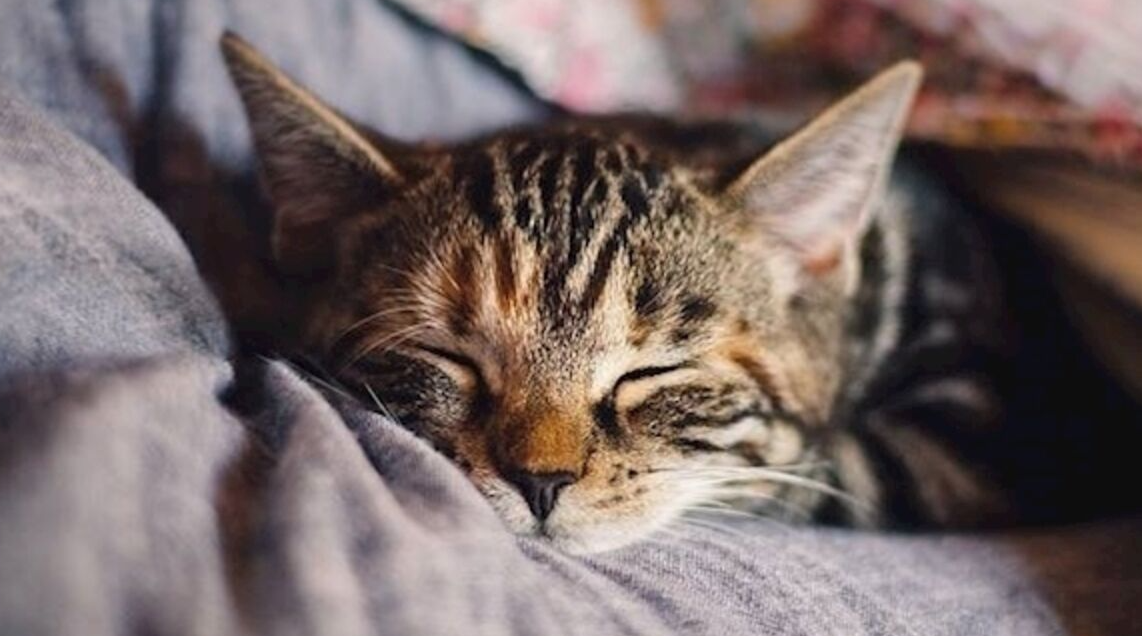
Feel-Good Cascade
Endorphins have a powerful effect on mood and behavior. They act as natural painkillers, reducing stress and anxiety, and promoting feelings of calmness and contentment. For a cat, this endorphin wave might translate into purring, rolling around in pleasure, or simply displaying a relaxed, blissful posture.
Individual Preferences
While the playful taps discussed so far might entice some felines into purring frenzies, it’s crucial to remember that cats, like snowflakes, are beautifully unique, each with their own set of preferences and quirks. What sends one tabby into a tail-chasing frenzy may leave another looking like they’ve encountered a grumpy gremlin.
Respecting Individual Boundaries:

- Always observe your cat’s body language. Signs of discomfort like flattened ears, dilated pupils, or hissing are clear indicators to stop the pats. Remember, a wagging tail doesn’t always mean happiness!
- Pay attention to their overall personality. Some cats crave constant attention, while others prefer solitude. Adapt your interactions accordingly, respecting their need for personal space.
- Learn to interpret their meows. Not all meows are created equal. Some might be playful invitations, while others could be pleading for you to step back. Listen closely and be ready to adjust your approach.
Alternatives to Taps:
- Offer a variety of petting options. Discover areas they enjoy, like head scratches or gentle tummy rubs. Let them guide you to their purr-inducing sweet spots.
- Engage their playful side. Use interactive toys, feather wands, or laser pointers to stimulate their hunting instincts and encourage playful activity.
- Create a calm and enriching environment. Provide climbing structures, scratching posts, and cozy hideaways to cater to their natural instincts and keep them mentally stimulated.
Important Considerations
While we’ve explored the potential reasons why some cats might enjoy light taps, it’s paramount to emphasize that all interactions with your feline friend should be built on the foundation of gentleness and respect.

The Power of a Feather-Light Touch:
- Remember, cats are sensitive creatures. Ditch any thoughts of “spanking” and opt for the lightest of touches, akin to a butterfly flitting across their fur. A playful tickle or a quick pat should be the extent of your “rear-end exploration.”
- Observe their body language: Flattened ears, widened pupils, or a swishing tail are all red flags. Stop immediately and redirect your affection to areas they demonstrably enjoy.
- Respect their “No Meow Zone”: Some cats dislike any touch on their belly or tail. Heed their boundaries and focused on petting areas they actively seek out, like the head, cheeks, or behind the ears.
Alternatives to Taps: A Kitty Buffet of Affection:
- Head Scratches: Most cats adore gentle head scratches, especially behind the ears and on the top of their head. Let them guide you with their soft head-butts and rumbling purrs.
- Chin Rubs: Many felines find chin rubs irresistible. Gently stroke their chin and watch their whiskers twitch with delight.
- The Petting Promenade: Start at the head and gently stroke down their back, stopping before reaching their tail. Some cats even enjoy a tummy rub, but only if they initiate it by rolling on their back!
- Interactive Play: Stimulate their hunting instincts with feather wands, laser pointers, or toy mice. Engage in playful chases and mock pounces to unleash their inner panther.
- Positive Reinforcement: When your cat displays desired behavior, like using their scratching post or playing nicely with other pets, reward them with a gentle treat or a soothing voice. This reinforces positive actions and strengthens your bond.
Conclusion
Cats’ reactions to rear-end taps are interesting, but not all enjoy it! Pay attention to each cat’s purrs and body language. Gentle touches like head scratches and playful games are always better than spanking. Respect their boundaries and build a strong bond through kindness and positive reinforcement. It’s all about meow-gical moments, not forceful taps! Remember, happiness is the perfect reward for your furry friend.
Resources & References
For further insights into cat behavior and care, consider exploring the following resources:
General Cat Behavior:
- The American Society for the Prevention of Cruelty to Animals (ASPCA): https://www.aspca.org/
- International Cat Care: https://icatcare.org/
- American Veterinary Medical Association (AVMA): https://www.avma.org/
Articles on Specific Aspects of Cat Behavior:
- Understanding Playful Bouncing and Tummy Rubs in Cats: https://www.vetstreet.com/our-pet-experts/why-does-my-cat-roll-around-on-his-back
- Understanding Your Cat’s Body Language: https://www.aspca.org/pet-care/cat-care/common-cat-behavior-issues
Animal Welfare and Ethics:
- Animal Welfare Institute: https://awionline.org/
- World Animal Protection: https://www.worldanimalprotection.org/
- The Ethics of Cat Ownership: https://www.catwelfare.org/responsible-cat-ownership/
- Why Cat Died After a Bath: 5 Safety Tips
Related PDF
 Loading...
Loading...Why Do Cats Like Butt Pats (Video)
In this video, you’ll discover more about the intriguing world of why cats like being spanked or potted on their back. It complements the information in this article and offers a visual perspective on this curious cat’s behavior.
FAQs – Why Do Cats Like Being Spanked
Do cats like being spanked?
No, cats do not like being spanked. Spanking can cause pain and fear in cats and can damage their relationship with their owners.
Why do some cats purr when they are being spanked?
Purring is not always a sign of happiness in cats. It can also be a sign of stress or fear. When a cat is being spanked, it may purr as a way to try to calm itself down.
What are some signs that a cat is stressed?
Some signs that a cat is stressed include hiding, hissing, scratching, and excessive grooming.
What are some things that can make a cat stressed?
Some things that can make a cat stressed include loud noises, changes in routine, and new people or animals in the home.
What are some things that can help to reduce stress in cats?
Some things that can help to reduce stress in cats include providing them with a safe and quiet place to hide, providing them with plenty of toys and activities, and avoiding sudden changes in routine.
What should I do if I see someone spanking a cat?
If you see someone spanking a cat, it is important to speak up. You can try to explain to the person that spanking is not a good way to discipline a cat and that it can cause pain and fear.

